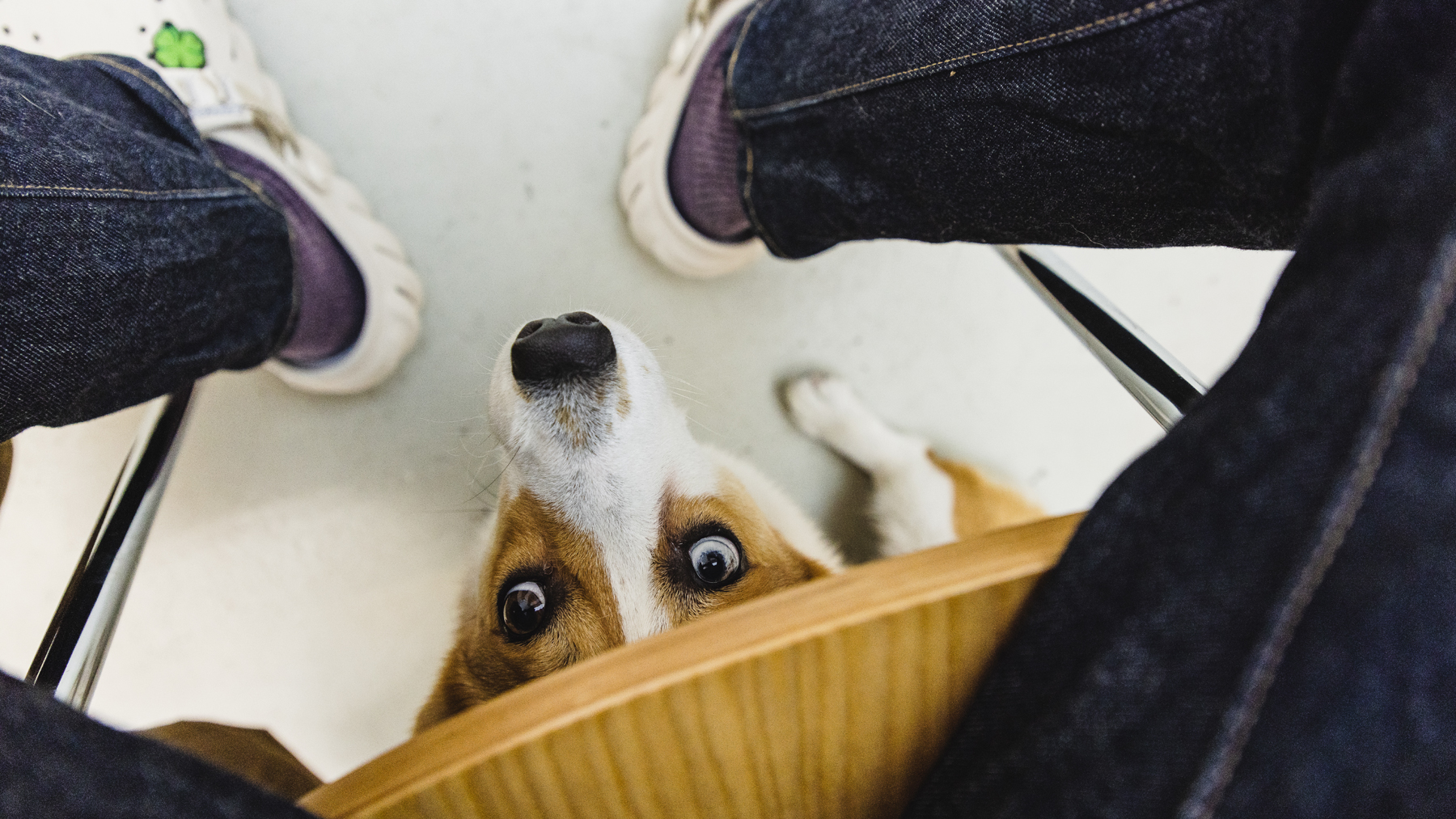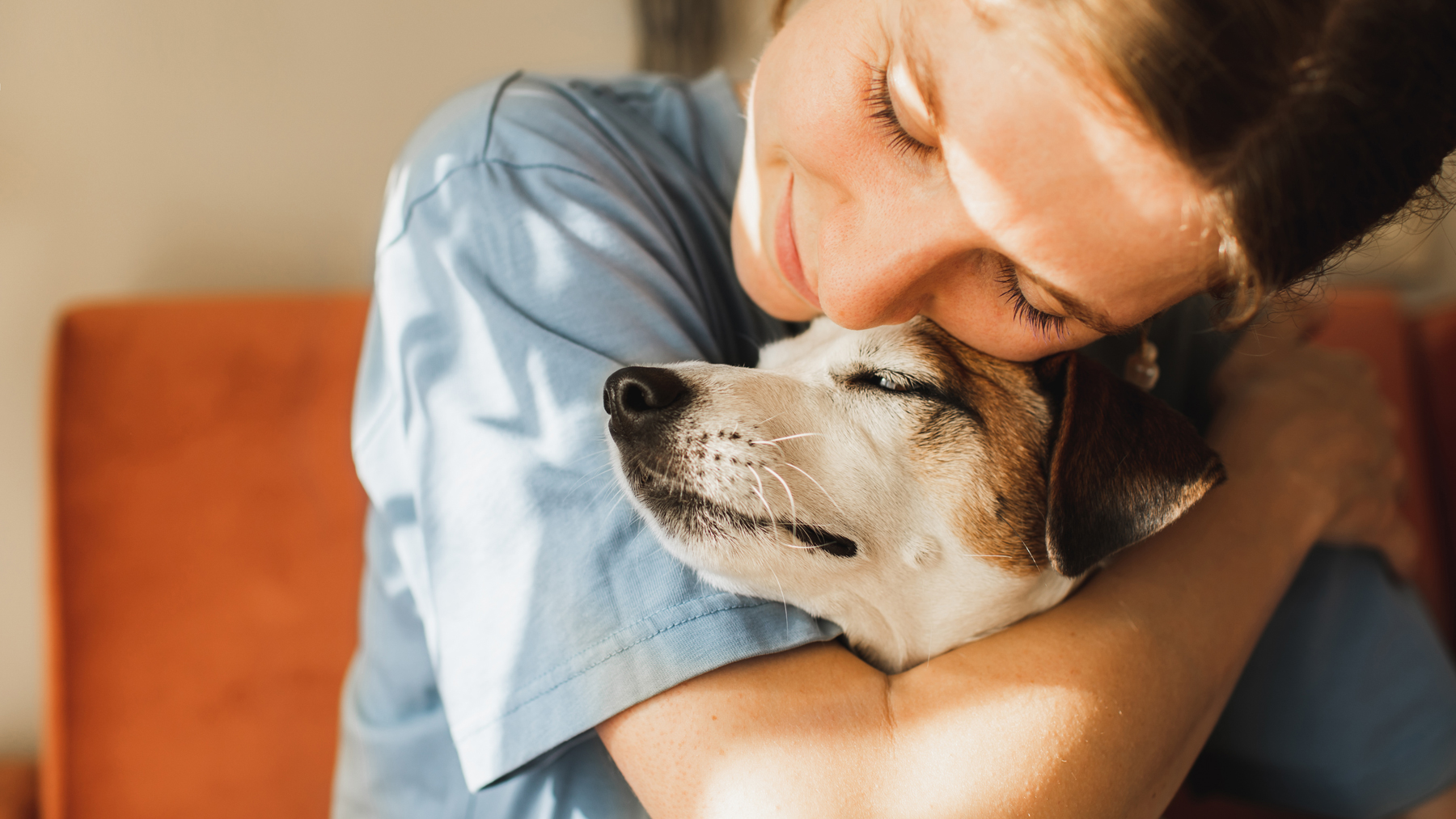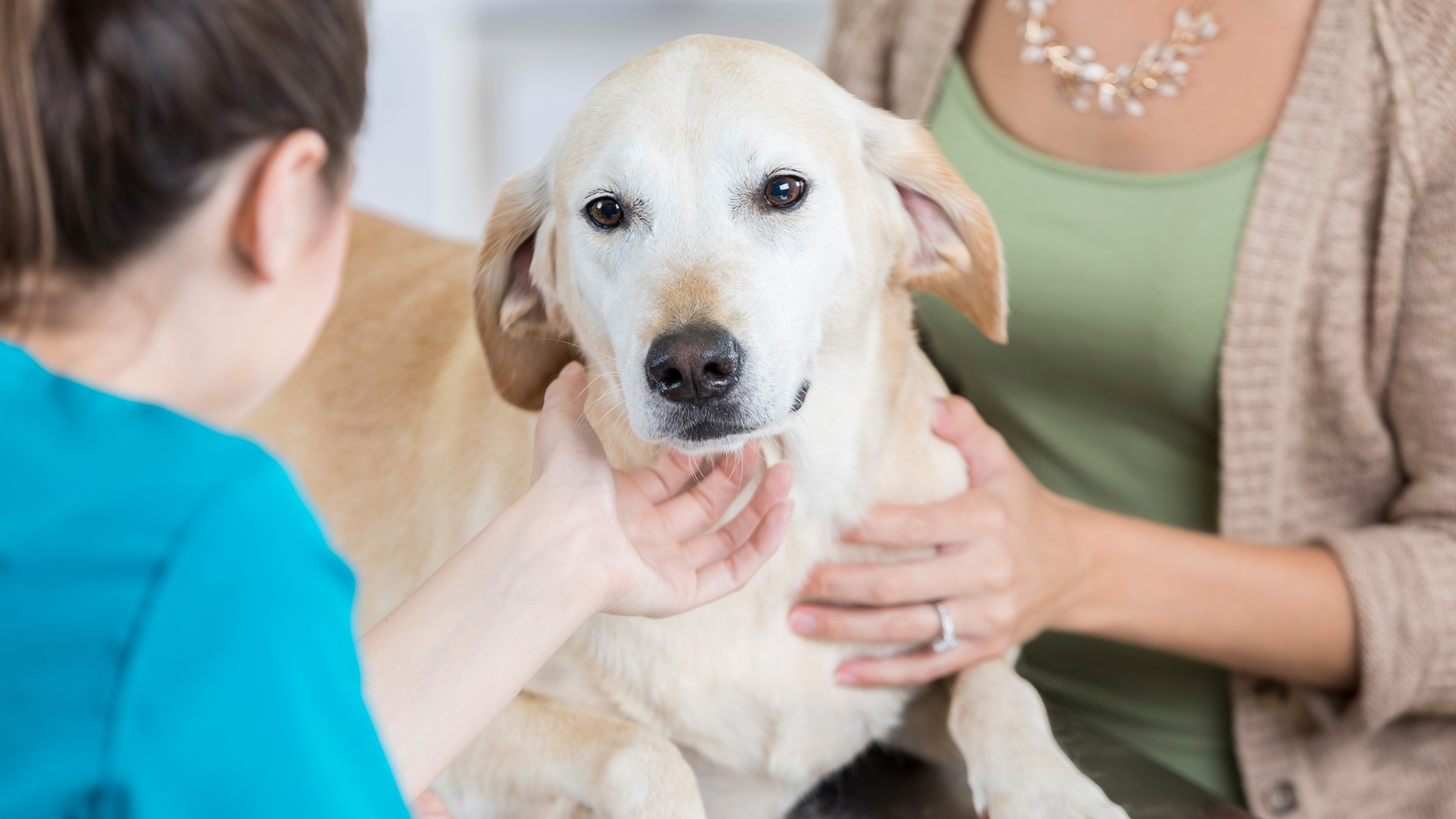10 ways to calm your dog during a thunderstorm
If the news of a forecasted or unexpected thunderstorm brings out panic in you because your dog is terrified, you are not alone

Thunderstorms are more common in the summer or hotter months, but they can occur at any time of the year. Finding ways to calm your dog during storms can feel like a never-ending search, particularly if your dog is one of the many who struggle with thunderstorms. If your dog is frightened or reactive to them, it can become stressful both for your dog and you when you’re trying to figure out how to calm a reactive dog.
Fearing thunderstorms is very common amongst our canine friends and it is thought this occurs in those who are very sensitive to noise. Dogs hear to a higher level of decibels than we humans can, and understandably, those with noise anxiety due to past trauma, often have difficulty with thunderstorms. Although dogs are now domesticated some canine instinctual traits from their wild days remain, such as being intuitively wired to be cautious or wary of loud noises as a survival mechanism.
The dog’s sensitivity and abilities allow them to sense and pick up changes in the weather, changes in the air pressure and even in static electricity. It is more than possible that dogs can see, hear and sense more than humans can and if you need guidance on how to calm your dog during a thunderstorm these 10 ways should help. In the short term, you may also want to consult our longest lasting dog chews guide to help provide distractions as thunder sounds roll in.
10 ways to calm your dog during a thunderstorm
1. Hold off on walks
If you are aware of an impending storm, avoid taking your dog out for a walk. The outside air and vibration may feel normal to you but to your dog, it will not. Should you get caught out in a thunderstorm, head home straight away but keep your dog secure on a leash as they often run off or try to escape out 0f fear.
2. Prepare a safe space
Dogs like to have a space where they feel safe and secure, especially during times of worry or concern. This may be their bed, or a completely different spot in the house and you may find they run off and find this area themselves. Let them make themselves comfortable in whatever the space may be and provide adequate bedding, and comforts such as toys and block out any light or sound.
Making a den area is another option. The safe den is linked to traditional wolf behavior, where dogs descend from. A den environment is a natural habitat, and the smaller dens work well as dogs feel there is less chance of anything sneaking up on them. It’s worthwhile mastering how to crate train a dog as a crate can make a great space for den building inside.
3. Provide background noise
Muffling or disguising the noise of the thunder cracks and storms can work well. Try using classical music, white noise, leaving the TV or radio on or other soft noises are all helpful. Rap music (whether to your taste or not!) is thought to be a great choice due to the beat of the music masking bangs well.
Get the best advice, tips and top tech for your beloved Pets

4. Secure your home
Keep curtains, blinds, windows and window shutters closed to block out any lightning flashes and stifle noises from the storm.
Dogs also often try to escape when they are scared or feel threatened, be sure your home is secure by checking there are no escape routes. For example, broken fencing in the garden, and cat flaps they can fit through. Block off or repair any possible exits.
5. Offer distractions
In milder cases offering distractions to your dog can help soothe them immensely until the storm has passed. Plenty of options can be tried from healthy chews and snacks, playing games of fetch or their favorite pastime, using some of the best puppy toys, offering a new toy, or puzzle feeders are another excellent choice for the food-driven dogs out there as are interactive games.
6. Keep calm yourself
Like thunderstorms and changes in the air and weather, dogs can sense your energy and behavior too. They can’t be fooled! Keep calm and act as you normally would otherwise, they will pick up on your altered fretting state and believe the thunderstorm is something to be scared of… because their owner is. Should they chew something or display unwanted behavior during the storm, don’t shout or punish them
7. Give space in indoors
Let your dog wander about and be vocal if they wish to. Giving some attention to them is acceptable if it helps calm them but once they are settled do not continue this or disturb them.
8. Don’t over fuss
Whilst it is natural to want to comfort your dog and make an extra fuss this can often backfire, particularly if this is not how you would normally interact with your dog. Extra fussing, cuddles, attention and all consoling behavior simply reinforce to your dog there is something to be frightened of thereby making their fear worse.
9. Try calming products
There is a plethora of products on the market to help with anxiety in dogs and those with noise anxiety including thunderstorms. These can range from medication to diffusers one can plug into the home to specially made doggie T-shirts, which apply soothing pressure to the body to help displace fears and induce calmness. It is best to have a conversation with your veterinarian about which product is most suited for your dog and lifestyle as it will be different in every case.
10. Consult a behaviorist
If you are continuing to struggle and other methods are not working you may wish to speak to, or book in with, a certified canine trainer or behaviorist for extra help and support. Your veterinarian can also assist you.

Some dogs, like people, are not fazed by thunderstorms at all. In fact, they enjoy them. However, for a large portion of the canine population, they can create fear. Thankfully with improvements in technology now able to give more advanced weather warnings so we can prepare and with medicine and behavior knowledge constantly evolving, plenty of options to help your dog during thunderstorms now exist.
You might be questioning, 'Can I go for a dog walk in the rain?'
Annaliese qualified as a veterinary nurse from Edinburgh and went on to attain a diploma in advanced veterinary nursing in surgery from London. Throughout this time, she worked in both small and mixed veterinary practices and gained head nurse status. Responsible for training other veterinary nurses she also ran the nursing department, nurse clinics, and patient care protocols.
She has looked after 1,000s of patients and owners and created new higher standard nursing regimes, whilst specializing in surgery and anesthesia. After being asked to co-author multiple veterinary nursing textbooks, Annaliese continued to write for further mainstream publications in the UK and USA and after twenty-plus years in both the veterinary and pet care professions, she hung up her scrub suit and now writes full-time.

